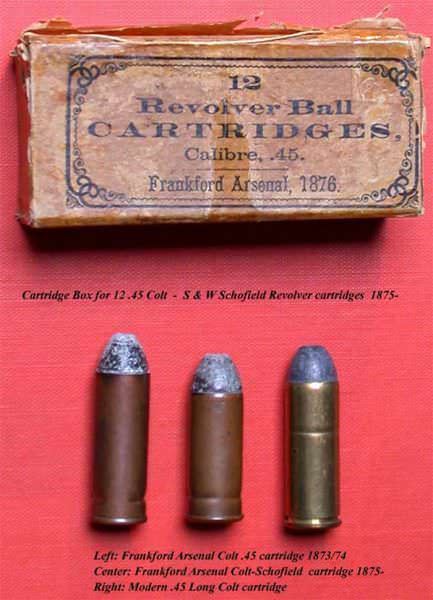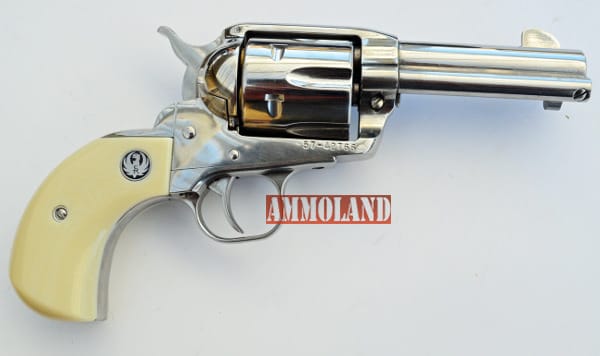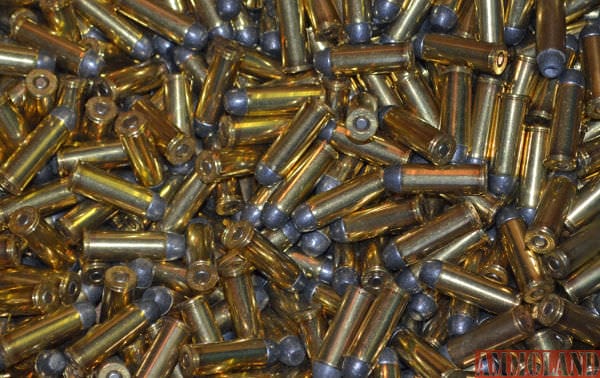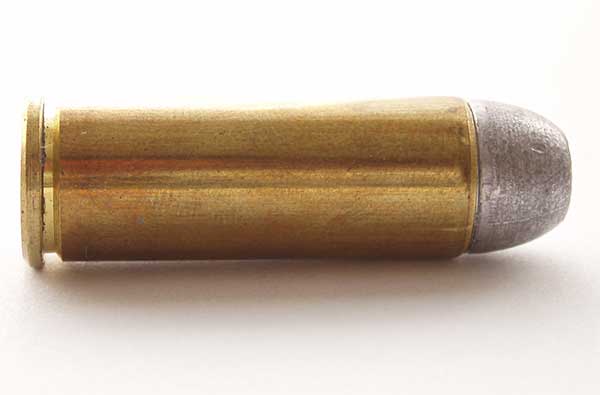
45 Colt vs 45 Long Colt – a 45 Caliber Debate Over Nothing

45 Colt vs 45 Long Colt History
The year was 1873 and Colt’s latest handgun, the Model P (aka as the Single Action Army Revolver of 1873) was just awarded the contract as the official sidearm for the US Army. The chambering selected was a .45 caliber black powder cartridge manufactured by the Union Metallic Cartridge Company of Bridgeport, CT.
Based on the slightly older 44 Colt round, this new cartridge used the same diameter of the 0.451″ of the 44 Colt’s rebated heel type bullet. It was named the 45 Colt and all was right with the world.
Two years later Army units began adopting the Smith & Wesson Schofield Revolver for use as an alternate sidearm.

This revolver was based on Smith & Wesson’s Third Model top-break revolver and as such offered an advantage by being faster to load and unload when compared to the Colt.
Unfortunately, the revolver used a shorter proprietary cartridge that soon created a problem of logistics. Cases of ordinance were simply marked “Pistol, 45 caliber”. The longer rounds were being shipped to units that were armed with the M1875 Schofields and the end result was that the longer rounds would not chamber in these revolvers.
The Colt shooters could easily use the shorter Smith & Wesson cartridge, so the quartermasters began referring to the Colt round as “45 Long Colt”. The Frankford Arsenal ended up dropping the longer round from production in 1887 and solely manufactured the 45 S&W round as the “.45 caliber M1887 Military Ball Cartridge“ until 1892 when it was replaced by the 38 Long Colt round in a new double-action revolver.
For about a decade the moniker 45 Long Colt was applicable when differentiating between the two rounds but by the dawn of the 20th century the Schofield had long been retired and sold on the surplus market, by the end of World War 2, both revolvers were becoming distant memories and Colt’s latest offering that proved itself in the Second World War (the M1911 chambered in 45 ACP) was becoming the new favorite among shooters.
However, after World War 2, a cultural phenomenon occurred that changed the shooting world as we knew it: Television and more specifically, programs themed as Westerns took the American imagination by storm.
Viewers wanted to own the guns shown on television, specifically, the Colt Single Action Army Revolver. Colt had ceased production at the onset of the war, but soon tooled up to make the classic revolver again and offered it in its original chambering: the 45 Colt!
After a few decades, interest in the old guns wavered again and colt retired the SAA in 1978. There was by this time a plethora of other handguns offered in this caliber from Ruger, Thompson Center, and various Italian gun makers who replicated the SAA and later the Model 3. Smith & Wesson offered the 45 Colt chambering in their N-Frame revolvers as well. The round came back to the forefront in the form of the new sport of Cowboy Action Shooting in the early 1990s.
.45 Colt , A New Cartridge for a New Era

Thompson Center’s and Ruger’s offerings for the 45 Colt breathed new life into the old round that had eluded the older Colt revolvers and even the Smith & Wesson N-Frame. Ballisticians saw the case length and powder capacity to be the equivalent of the 44 Magnum and capable of launching a heavier bullet at higher pressure and velocity than its predecessors. These newer guns were heavier and made of superior materials than the old Colt revolvers and their Italian clones.
A few ammunition manufacturers and load developers began offering the round or the recipe to cook up a hotter load as “For Thompson center and Ruger Only” as a warning for Colt and S&W shooters to not load them in their firearms.
Do not try such loads in the Ruger “New Model” Vaquero (earlier model shown above). These guns are built on a smaller flame for competition use because the main complaint about the original Vaquero was its excessive weight compared to the original SAA and its foreign-made clones.
Eventually, the 45 Colt would form the basis for the 454 Casull and 460 Smith & Wesson rounds and of course, the 45 Colt can be fired in these larger revolvers and single-shot pistols.
The base is dimensionally similar to the .410 Shotgun round and numerous Derringers, revolvers and single-shot pistols have been made to accommodate both cartridges.
The 45 Long Colt Lever Gun Myth

While it may have been popular for shooters of the Old West to tote a carbine and revolver in the same caliber, this was done with rounds such as the 44-40 and 38-40. None of the old-time rifle makers ever chambered a rifle in 45 Colt until the late twentieth century for the sport of Cowboy Action Shooting.
The reason for this had to do with the case dimensions of the original 45 Colt and its almost nonexistent rim. The round was simply not suitable for use in a lever action or slide action rifle. Modern cases use a slightly larger rim, so the issue has been addressed and made logistics for Cowboy Action Shooting much easier on the participants of the sport.
So is it 45 Colt or 45 Long Colt?
While either term is correct, 45 Long Colt was really just a nickname. The majority of ammunition manufacturers stamp their cases with “45 Colt” as do the majority of firearm manufacturers mark their firearms with the same.
The reason for this is because .45 COLT is the official name used by the Sporting Arms and Ammunition Manufacturers’ Institute (SAAMI). When all else fails, this is the correct term to which we fall back.

About Mike Searson:
Mike Searson’s career as a shooter began as a Marine Rifleman at age 17. He has worked in the firearms industry his entire adult life as a Gunsmith, Ballistician, Consultant, Salesman, Author and was first certified to teach firearms safety in 1989.
Mike has written over 2000 articles for a number of magazines, websites, and newsletters including Blade, RECOIL, OFF-GRID, Tactical Officer, SWAT, Tactical World, Gun Digest, Examiner.com and the US Concealed Carry Association as well as AmmoLand Shooting Sports News.



